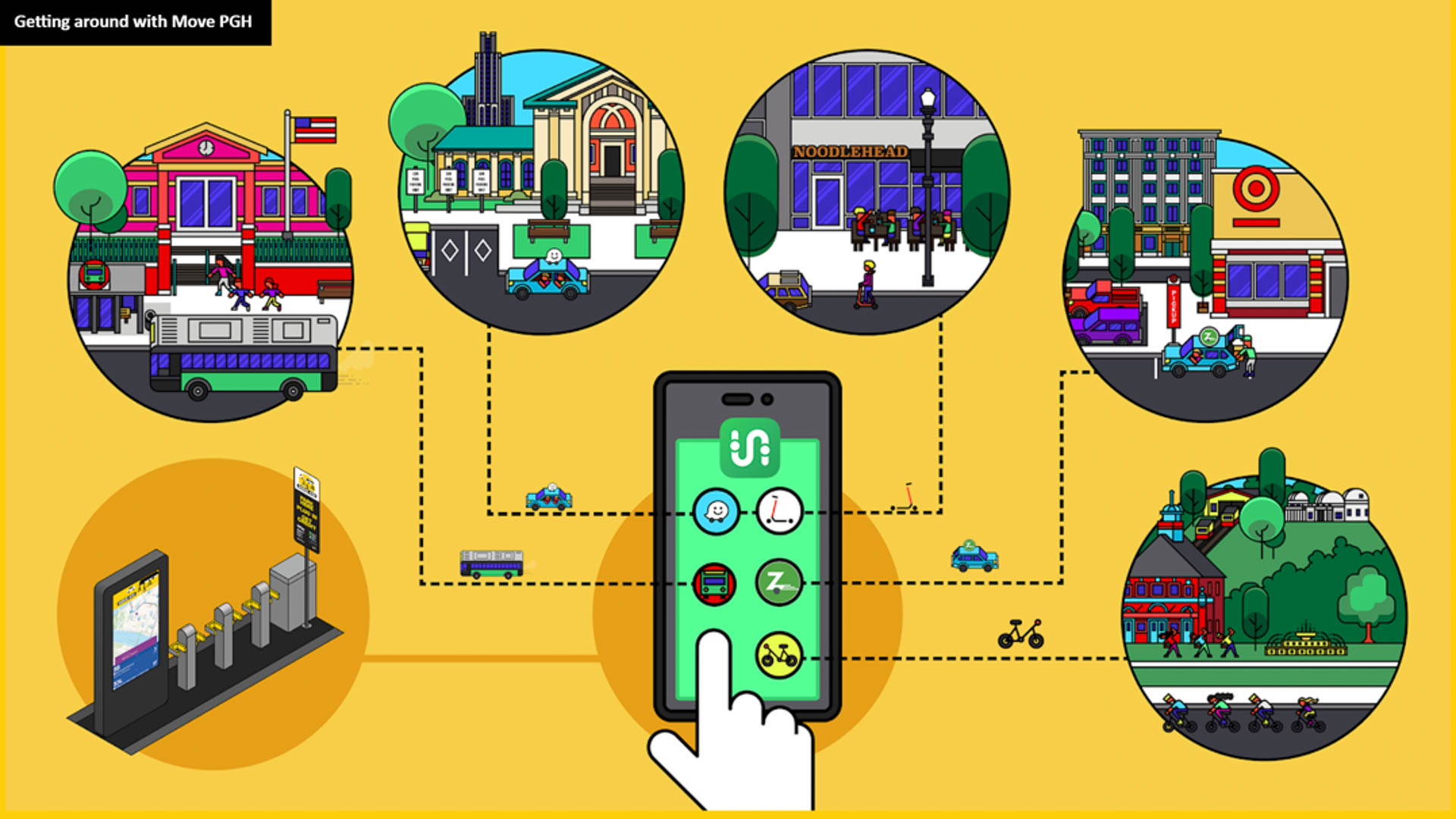With the city’s existing transportation conditions in mind and a goal of providing last-mile connections and facilitating otherwise difficult crosstown travel, this graduate planning studio class aims to support the City of Jersey City Department of Transportation’s efforts to get people where they want to go by translating the concept of Mobility Hubs from theory to practice.
Mobility hubs play a significant role in addressing equity issues in transportation by providing more affordable and accessible transportation options for underserved communities. In Jersey City, mobility hubs can offer a variety of transportation options, including low-cost or free bike and e-scooter sharing programs, public transit and microtransit services (such as Via). These transportation options reduce the burden on underserved communities. In this report we advance recommendations and considerations to promote the effectiveness of any Mobility Hub implementation undertaken by Jersey City through an academic literature review, current plans and reports of cities with mobility hubs, and site- level studies.
The team conducted a thorough literature review for micromobility hubs, including academic literature and case studies of micromobility hubs. Topics reviewed included technology for micromobility, Mobility as a Service (MaaS), guides for detailed site analyses, and transportation equity. After the literature review, the team conducted a broad overview of eight mobility hub sites proposed in JC on the Move as well as at the Port Liberté Ferry Terminal. These nine sites include: Journal Square Transportation Center, Newport PATH Station, Garfield Avenue HBLR Station, Danforth Avenue HBLR Station, JFK Boulevard (between Communipaw Avenue and Grant Avenue), West Side Avenue at Lincoln Park, Bergen Avenue (between Belmont Avenue and Fairview Avenue), Central Avenue (between Thorne Avenue and Congress Street), and Port Liberté Ferry Terminal.

